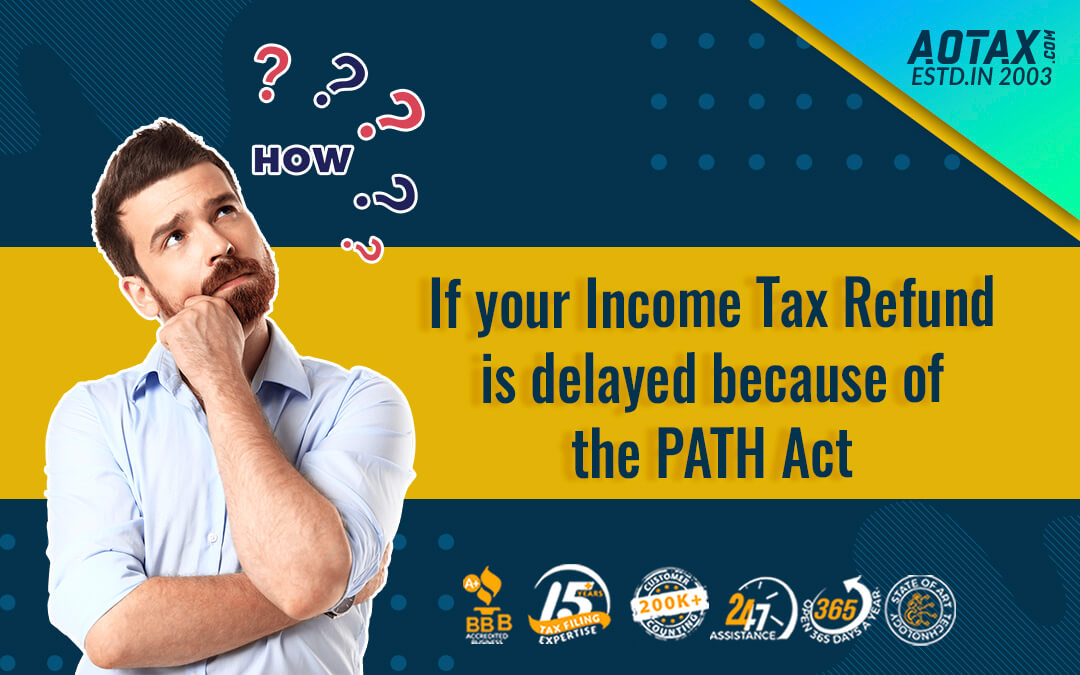How to check the status of your Second Stimulus check?

How to check the status of your Second Stimulus check?
The US Government has come up with a new coronavirus relief package and the second stimulus check for providing a considerable amount of financial support to the Americans during times of pandemic.
The dispatch of the Second Stimulus Check for millions of Americans had already started. However, there had been an error committed by the IRS while the dispatch of the Second Stimulus Checks. This has caused a lot of Second Stimulus payments to be deposited into different wrong accounts. As a result, millions of Americans have not been able to receive their Second Stimulus payments yet.
However, the IRS has confirmed that it has been working very fast on this error and the funds have been re-deposited into the respective accounts again. So, those Americans who are waiting anxiously for obtaining their Second round of Stimulus payment would be receiving it soon.
Get My Payment Portal
If you are wondering about the status of your Second Stimulus check or payment, then the “Get My Payment” tool of the IRS would be of great help to you. This tool can be considered as an updated version of the IRS tool that was used to track the status of your First Stimulus Check payment.
The “Get My Payment” Portal would help obtain the below-mentioned information.
- It would help in checking the status of your Stimulus payment.
- The tool would also help in the confirmation of the type of payment to be used for obtaining the Second Stimulus Payment i.e. either by the Direct Deposit method or by the Paper Check method.
- The “Get My Payment” tool would also help receive a tentative or projected delivery date for the Direct Deposit or the Paper Check method.
However, there are some changes in the tool for the Second Stimulus Payment round. The bank account information in the “Get My Portal” cannot be changed or entered for the payment to be directly deposited into the bank account. The IRS is using the information it already has in the Tax return file to issue the Second Stimulus payment.
The IRS would obtain the bank account information for an individual from the below-mentioned:-
- The tax returns of 2019 or
- The online registration tool of the IRS that was used by the non-filers for receiving the first round of the Stimulus payments or
- Any federal agency which is sending benefits such as the Railroad Retirement Board, Veteran Affairs, Social Security Administration, etc. or
- “Get My Payment” Portal if the information has been entered before 22nd December 2020.
Moreover, it might have happened that the Second Stimulus check payment was sent with the help of mail as the deposit was not accepted by the bank. The major reason underlying this can be incorrect bank account information. There might have been a delay in your receipt of the payment if the post office would not have been able to deliver the payment to you. However, you cannot use the “Get My Payment” tool for updating your current address.
Access denial with the Get My Payment tool
Taxpayers might face the issue of access denial while trying to check their Second Stimulus check payment. Some of the major causes which can be responsible for the access denial can be:-
- If you have not filed your tax returns for the year 2019
- If you have not used the tool “Non-filers: Enter Payment Here” by November 2020 for receiving the first round of your Stimulus Check payment.
- If the IRS does not have adequate information from any federal agencies for processing your payments as you had been receiving Social Security benefits and other federal benefits from these agencies.
Conclusion
So, with financially difficult times dooming all over the US it is quite obvious for people to be anxious about the status of their Stimulus payment. The “Get My Payment” tool would help have an idea about your payment and even understand the cause behind the delay.





Recent Comments